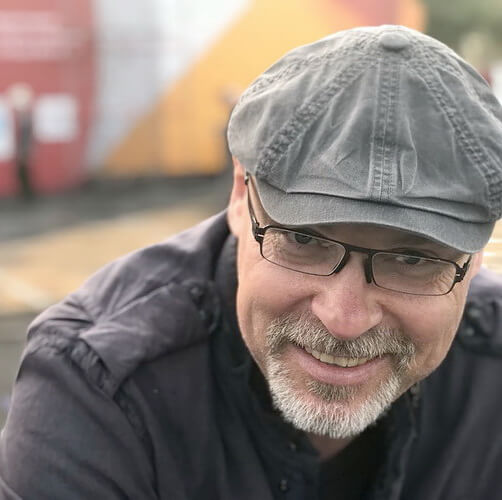
I was born in USSR on June 10-th 1973. My pseudonyms in arts is Lenin. Back there our country was far from being open towards new ways of self-expression such as modern art, creative photography or so. For a long time everything people could percept from art and culture has been gray and monotonous. My childhood passed in criminal district. However, both of my parents are self-educated artists. I am sure that my ability to see beauty in ordinary, routine things originates from my family.
Photography itself appeared in my life when I was 10.With my father's camera Zenith; I discovered all the nearby corners of my district, all the parks and squares. When I was teenager, the only way to make surrounding world more beautiful was to go studying as a tailor, which was the only creative profession in our town back there.
During Perestroika Russia moved from cultural aspects of governmental policy into market economy, which made a life of an artist hard. I built into the system by creating decorations and shows for governmental and business events. However, I always missed the camera, it was my companion everywhere. I took pictures of the art plans, events, nature, city and travel. However, my comeback to real inspirational photoshoots happened several years ago.
"Contemplate, create, enjoy" - has become my moto since I was young. I had several personal exhibitions art & photo: 1999, "26 steps", Moscow, Russia, 2000, "Cocoon-2000", Moscow, Russia. And several group exhibitions 1999, "Kazantip", "Kazantip-2" The exhibition of young artists "Lenin i Deti", Moscow, Russia, 2016, "Planet Moscow 2016" , Moscow, Russia.
My inspiration in photography and arts are: Alexander Rodchenko, Auguste Rodin, Billy Monk, Claude Monet, Francisco Josè de Goya, Hieronymus Bosch, Ivan Bilibin, Jackson Pollock, Jean-Michel Basquiat, Leonardo da Vinci, René Magritte, Vladimir Tatlin, Wassily Kandinsky.